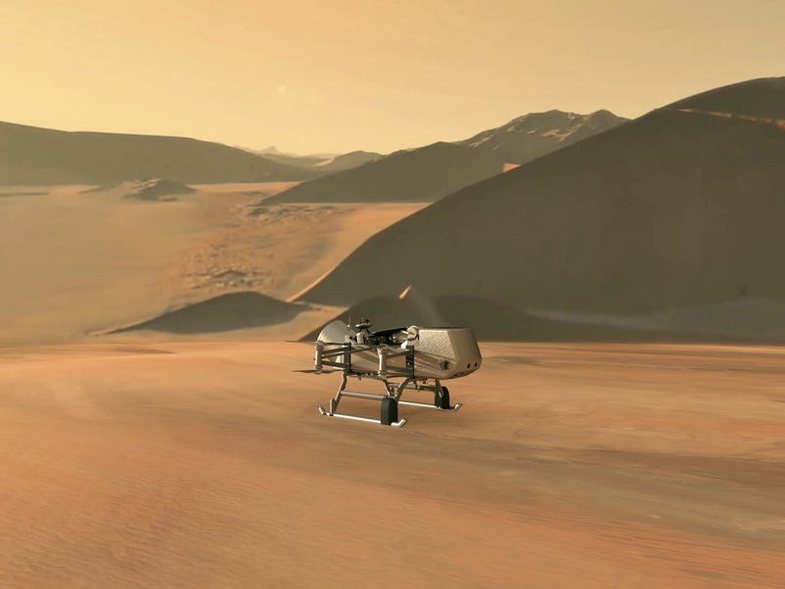Titan, Saturn's rather strange moon, just got even weirder. Astronomers have discovered cyclopropenylidene (C3H2) in its atmosphere, an extremely rare carbon-based molecule that is so reactive that it can only exist on Earth under laboratory conditions.
In fact, it is so rare that it has never before been discovered in an atmosphere, in the solar system or anywhere else. The only other place that can remain stable is the cold void of interstellar space, but it could be a building block for more complex organic molecules, which could one day lead to life.
"We think of Titan as a real-life lab, where we can see chemistry similar to that of ancient Earth when life was taking place here," said Melissa Trainer, astrobiologist at NASA's Goddard Space Flight Center. one of the leading scientists to investigate Saturn's moon in the next Dragonfly mission launching in 2027.
"We will be looking for molecules larger than C3H2, but we need to know what is going on in the atmosphere to understand the chemical reactions that lead complex organic molecules to form and fall to the surface."
Cyclopropenilidine - also described by NASA researchers as a "very strange little molecule" - does not tend to last long in atmospheric conditions because it reacts very quickly and easily with other molecules, forming other components. .
Once it does, it is no longer cyclopropenilidine. In interstellar space, any gas or powder is usually very cold and very diffuse, which means that the ingredients are not interacting much and cyclopropenilidine can stay there.
Titanium is very different from interstellar space. It is like wet, with hydrocarbon lakes, hydrocarbon clouds and a mostly nitrogenous atmosphere, with little methane. The atmosphere is four times thicker than the Earth's atmosphere (which is also dominated by nitrogen). Beneath the surface, scientists think there is a large ocean of salt water.

However, it is still a mystery because the C3H2 molecule appears only on Titan and in "no other world".
"Titanium is unique in our solar system. "It has proven to be a treasure trove of new molecules," said planetary scientist Conor Nixon.
Nitrogen and methane decompose in sunlight, causing a series of chemical reactions. The question that scientists are dying to answer is whether any of these reactions could result in life.
"We are trying to figure out if Titan is habitable. "So we want to know what compounds from the atmosphere come to the surface, and then, if that material can pass through the ice crust into the ocean below, because we think the ocean is where the habitable conditions are," Rosaly said. Lopes, geologist at NASA.
Source: Business Insider





